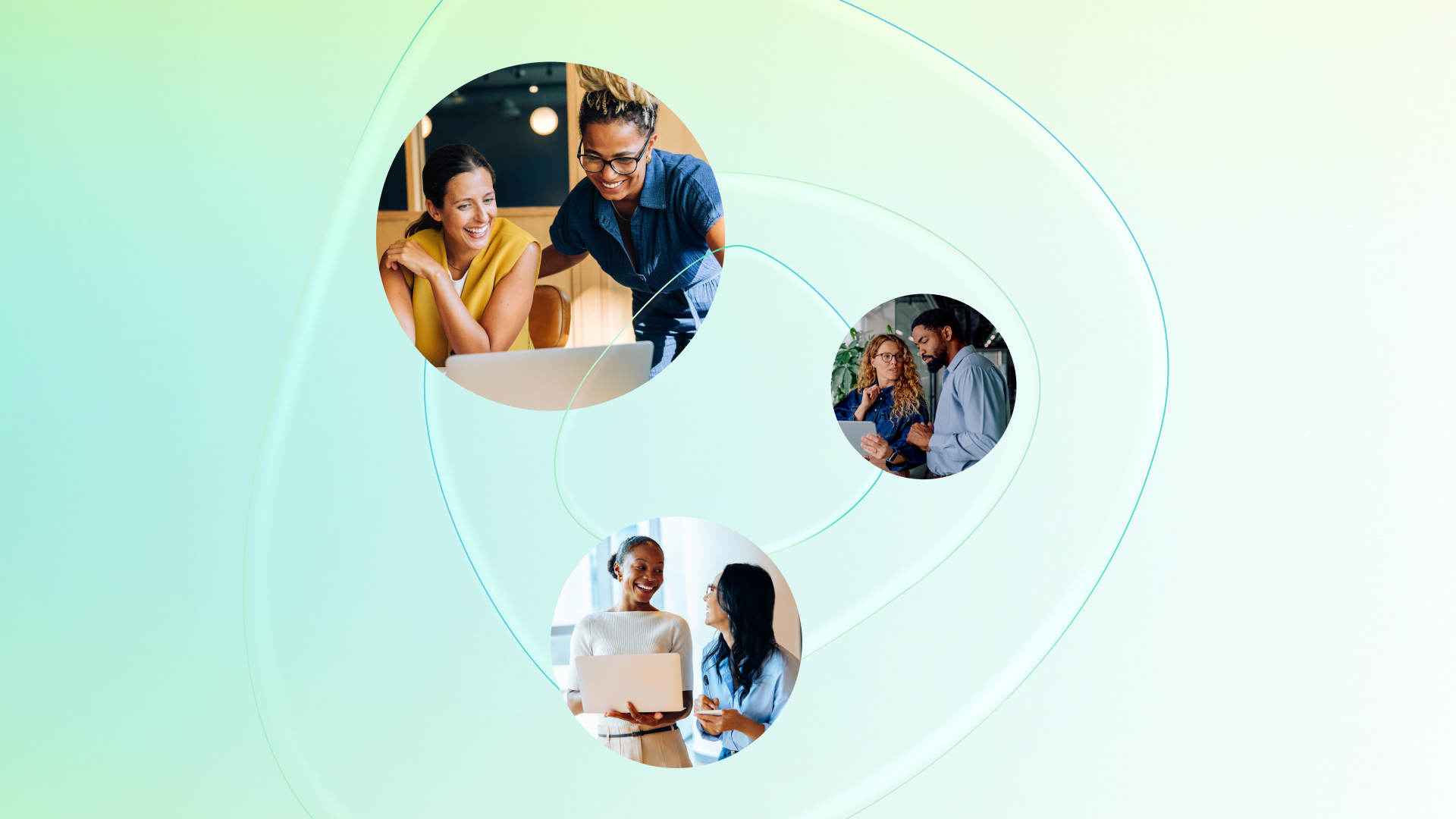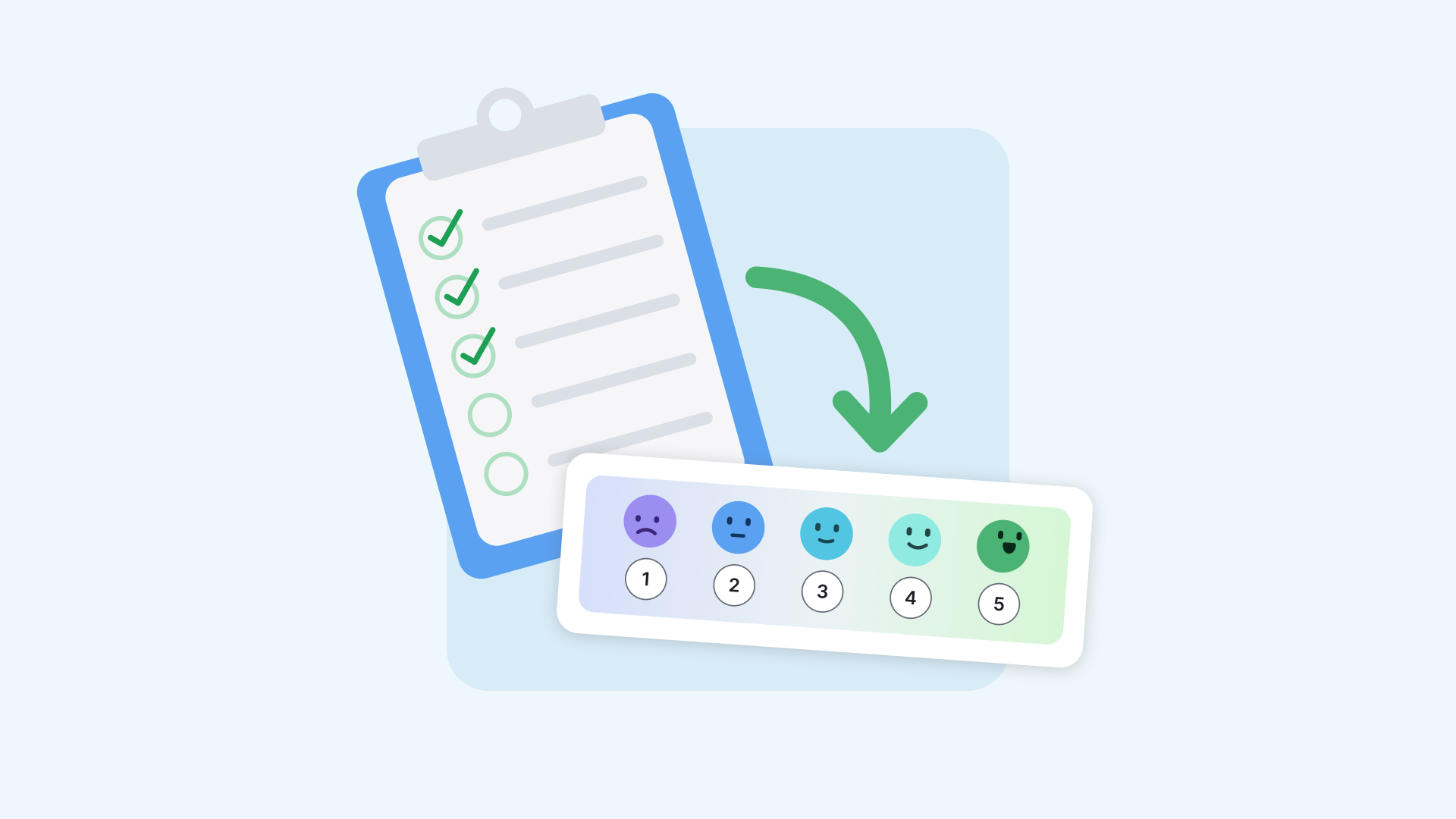Q&A: Why Recognition Is Your Clearest Performance Signal

For years, employee recognition carried an inaccurate reputation as a nice-to-have gesture that makes people feel good, but doesn't necessarily move a business forward.
We know that perception is completely wrong. In fact, it is one of the clearest signals of team performance and culture.
At Bonusly, we've seen recognition data act as a real-time map of how organizations work: who's contributing, how values show up in action, and where untapped strengths or hidden challenges might exist. With AI, those signals become even sharper, helping leaders see patterns they couldn't before.
To unpack this all, we sat down with Alessandra Adorisio, Bonusly's head of user research, who's been studying how recognition data is transforming into one of the richest, most actionable sources of workplace insight.
Q&A with Alessandra, Adorisio, Head of User Research at Bonusly
Q. I know you spend a lot of your time digging into research around employees, workplace engagement, and performance. What led you to the realization that recognition is such a powerful signal for performance?
Alessandra: First, we know that people who get recognized feel more engaged in their work, and more engagement leads to higher performance. So it creates this loop; you get recognized, you repeat those behaviors, you're better at what you do.
But recognition is also a really good signal for actual performance because it's real-time. It happens in the flow of work, it’s usually peer-to-peer, and cross-functional. It captures what people are doing right now that's driving impact, as well as the why behind their performance: the behaviors, contributions, obstacles they overcame, and skills they developed.
With recognition, everyone gets a much more accurate pulse of great work, because managers usually only see the output in a traditional performance review.
Q. So why is recognition data so much richer than other sources leaders typically use?
Alessandra: The most obvious answer is that it's high volume and constant. You're getting thousands of data points versus a few in quarterly or annual reviews. When a leader typically evaluates performance, they're looking back through the rearview mirror. You can't really see everything that way.
But with recognition being organic and usually peer-to-peer, you're capturing those little moments your manager would never know otherwise. Something like, "Hey, I asked for help, and you jumped in immediately. I didn't have to ask twice." Recognition captures behaviors—like always being willing to jump in and help— that for high-performing employees are natural but not always on a performance rubric.
That's where recognition really excels: it captures what you did outside that rubric, when somebody said, "I just have to recognize you for this." Traditional rubrics miss all the soft skills, relationships, and cultural alignment necessary for high-performing teams. Recognition reveals that organically.
Q. Okay, I have to ask: How is AI changing the way we analyze recognition?
Alessandra: AI is really strong with natural language, and recognition is (conveniently!) natural language. It's written in your voice, maybe with an inside joke or a personality style. While I can read 10 recognitions and pull out an employee’s contributions and trends in an hour, AI can do 10,000 of them in a few seconds.
That scalability makes all the difference. Instead of managers scrolling through all your recognition at performance review time, AI can pull out themes: what values are being lived day-to-day, what teams are collaborating, what teams are under-connected, and who's showing emerging leadership patterns.
For example, If I get recognition often for leading sessions or taking lead on projects, I'm showing leadership characteristics. AI picks up on that pattern much faster than an individual reading through every piece of recognition received and coming up with that conclusion themself.
Q. Can you give an example of a pattern AI might uncover that humans would miss?
Alessandra: One powerful example is spotting “invisible work.” A finance or accounting team, an IT engineer—especially if you're not at a tech company—those kinds of jobs that are really invisible to leadership because they don't have roles that contribute to day-to-day generation of income, but they critically contribute to day-to-day functioning of the company.
When you have recognition, you're able to see these critical people within cross-team problem solving that may not have come up otherwise. If you have an engineer who consistently receives recognition across different departments, that's a potential future leader because they're able to connect across teams, which is not an easy thing to do. If you’re an engineer, and you're able to translate and speak to sales or customer success. That’s a very powerful soft skill that would be lost otherwise.
Q. You’ve convinced me that recognition produces rich data. What should leaders do with it all?
Alessandra: AI gives you the signal of where to invest—those hotspots where it makes sense to grow, promote, or give someone new responsibility. But it's on leadership to take action.
If recognition shows certain employee behaviors that drive success, you can spotlight those in all-hands, build awards programs around them, or translate that into mentorship. Or go further: if someone in customer success is excelling at satisfaction scores, don't waste that potential; put them in a position to upskill others on their team!
Q. Where does the human element still matter most in all of this?
Alessandra: AI is like a microscope. You see patterns, but you still have to decide how to navigate them. AI can never replace the human element of nuance and context.
We can give AI context about your company, industry, individual roles, teams. But it will never truly understand why things matter in your business context. You might be going through a merger where what really matters are softer skills of building camaraderie. AI might say, "This person's driving team connection," but it won't know why that matters for you right now.
Good leaders make the difference because they weave relationships, tell stories, and make decisions that show people they matter as individuals. AI will never know that. It's on the leaders to translate insights and make somebody feel valued in that workplace in order to retain those top performers.
Q: Looking five years out, how do you see recognition data shaping how organizations measure performance?
Alessandra: I think our context of performance up until now has been output. Recognition data and AI help shift that to input.
If AI can create consistent output even without the same level of experience, now it becomes about your input. How much heart and drive and passion are you bringing to the table? Recognition acknowledges that input. For example, "You did a really great job working hard to overcome these challenges." Sure, the output may have been the same, but that employee brought the desire to learn. Those are characteristics that should be valued on teams, and when celebrated, are replicated. What company doesn’t want a room full of employees with a hunger for learning and growth?
Recognition supplements performance data with real-time peer-validated data of how you work with others, aka what your input is. That helps organizations become more adaptive and know: are these culture shifts landing? We're trying to move toward engagement—is that working? Does that show up in the recognition data? I think that shift will be extremely powerful.
The Takeaway
Recognition is one of the most powerful cultural and performance signals leaders have at their fingertips. And thanks to AI, what was once an overlooked dataset is now becoming a sharper tool for understanding how teams thrive.
As Alessandra points out, recognition reveals where work is really happening, where collaboration is strongest, and where leaders should focus next. For organizations that want to build resilient, high-performing teams, recognition is the key to unlocking performance and a thriving company culture.







